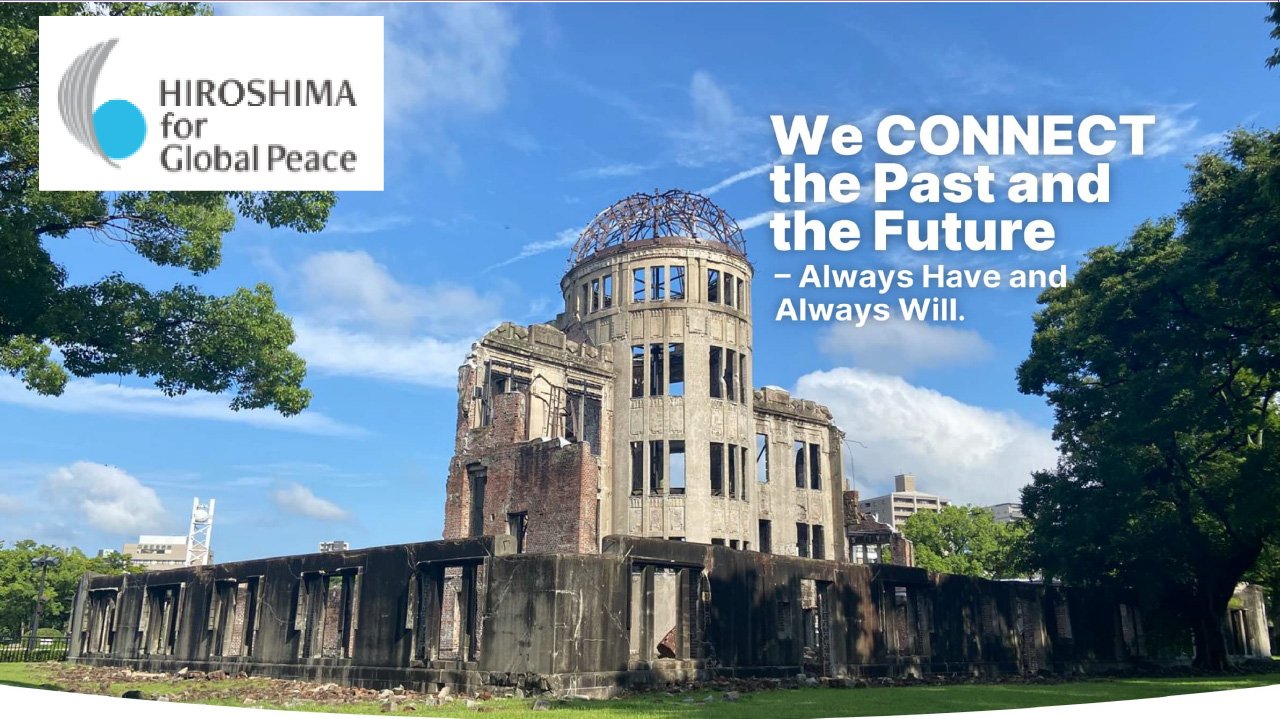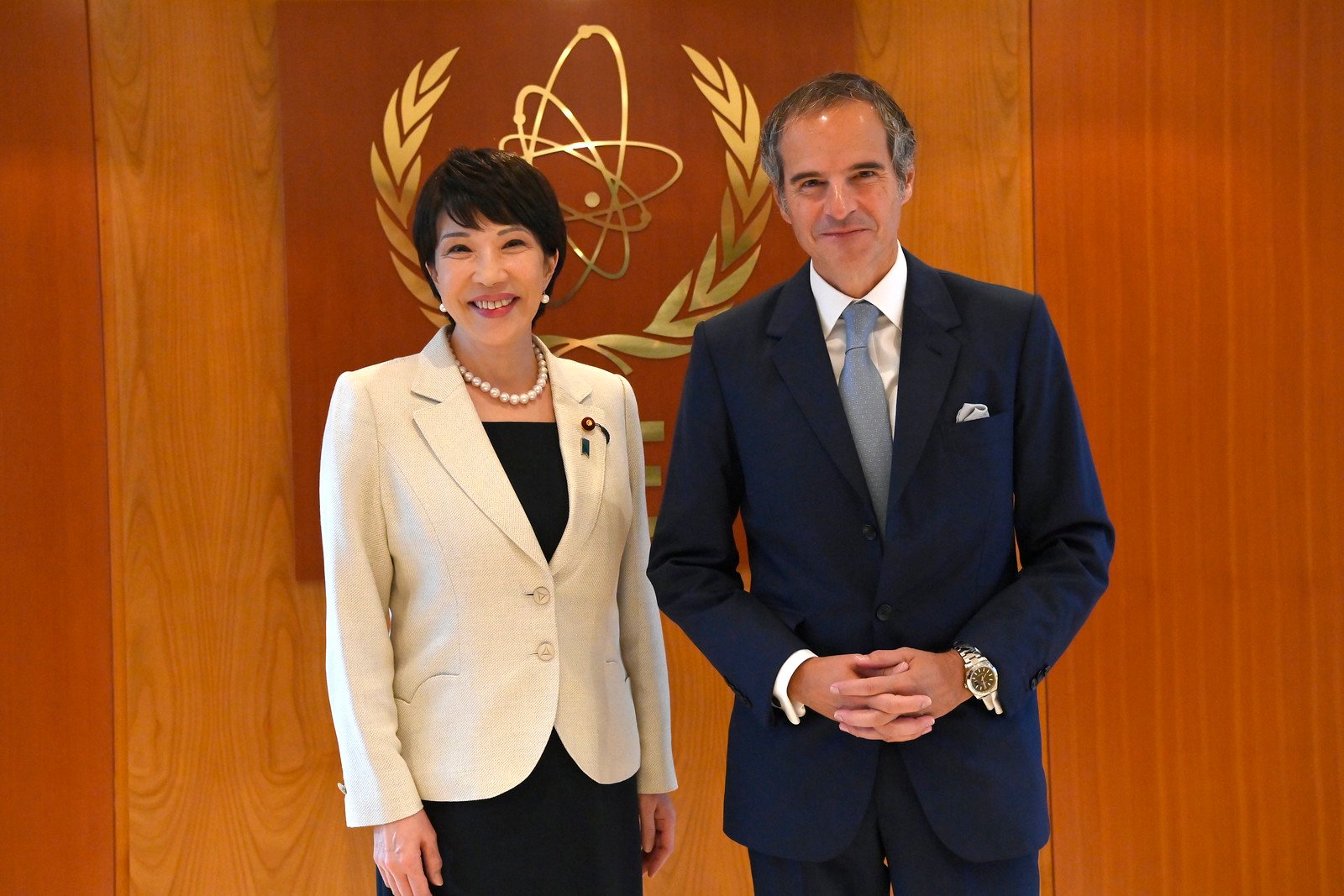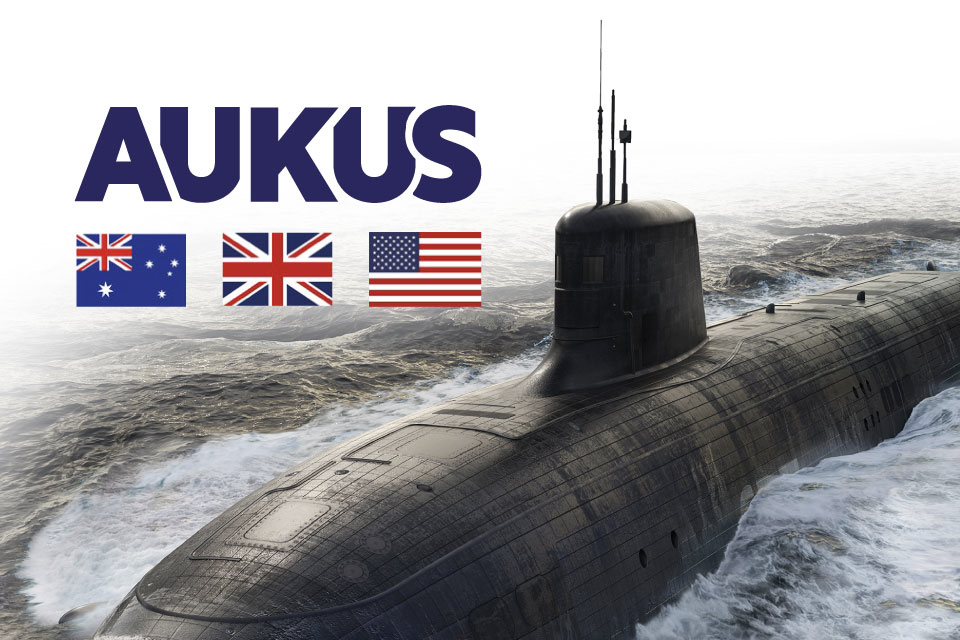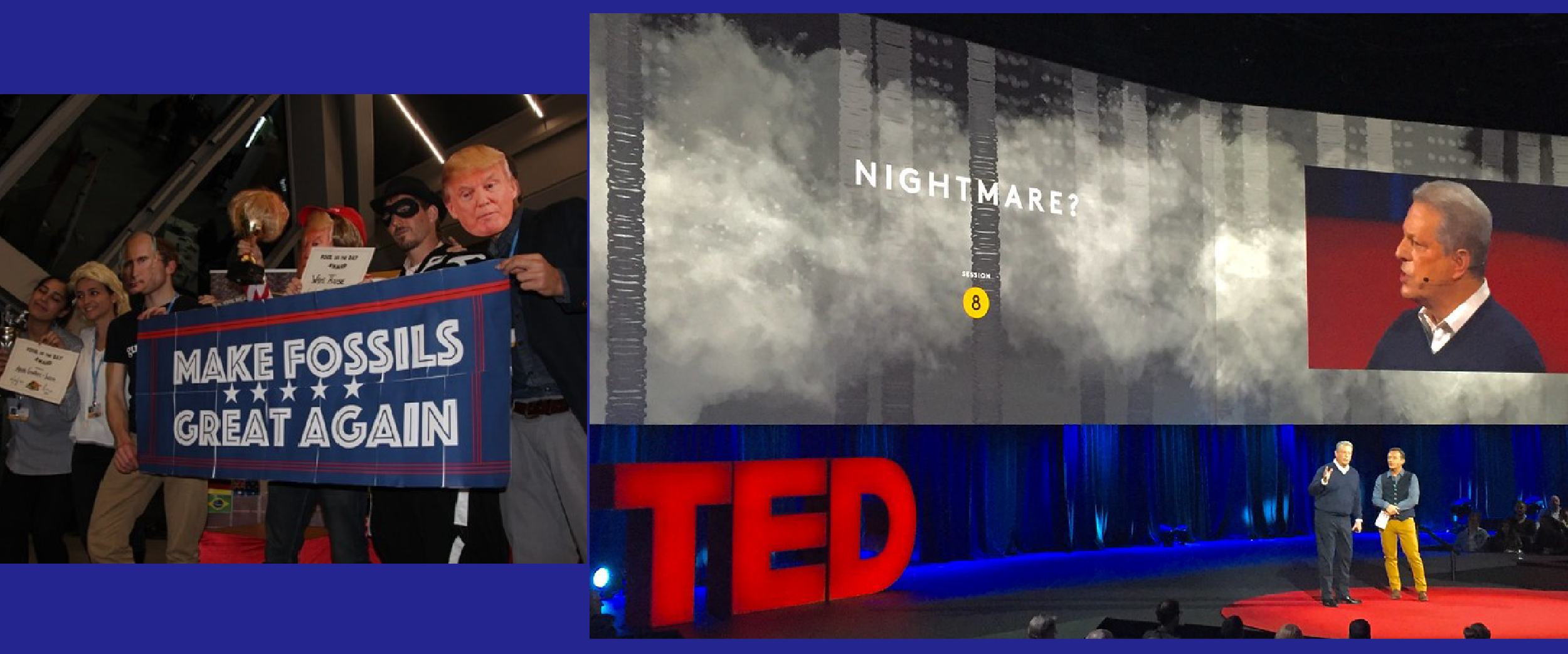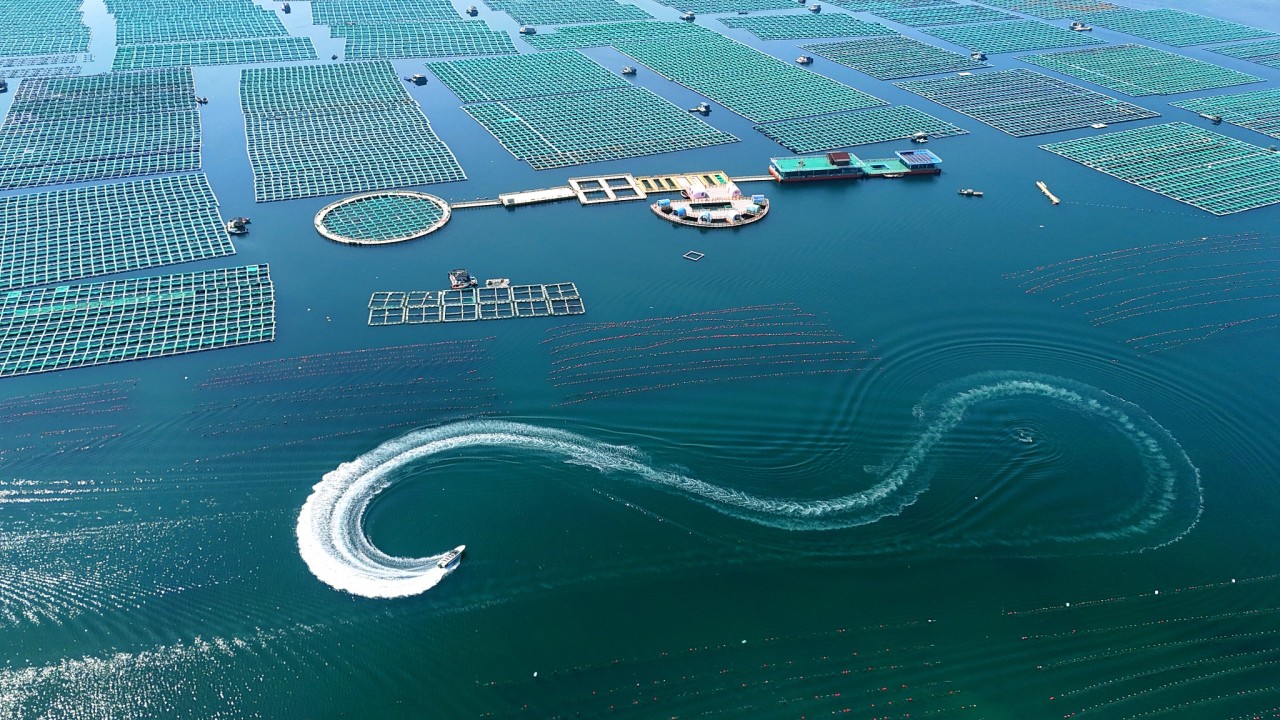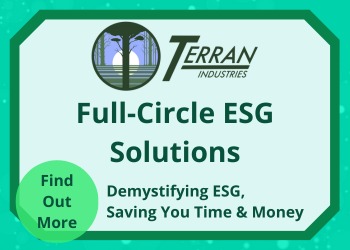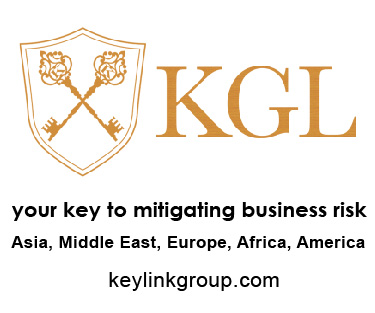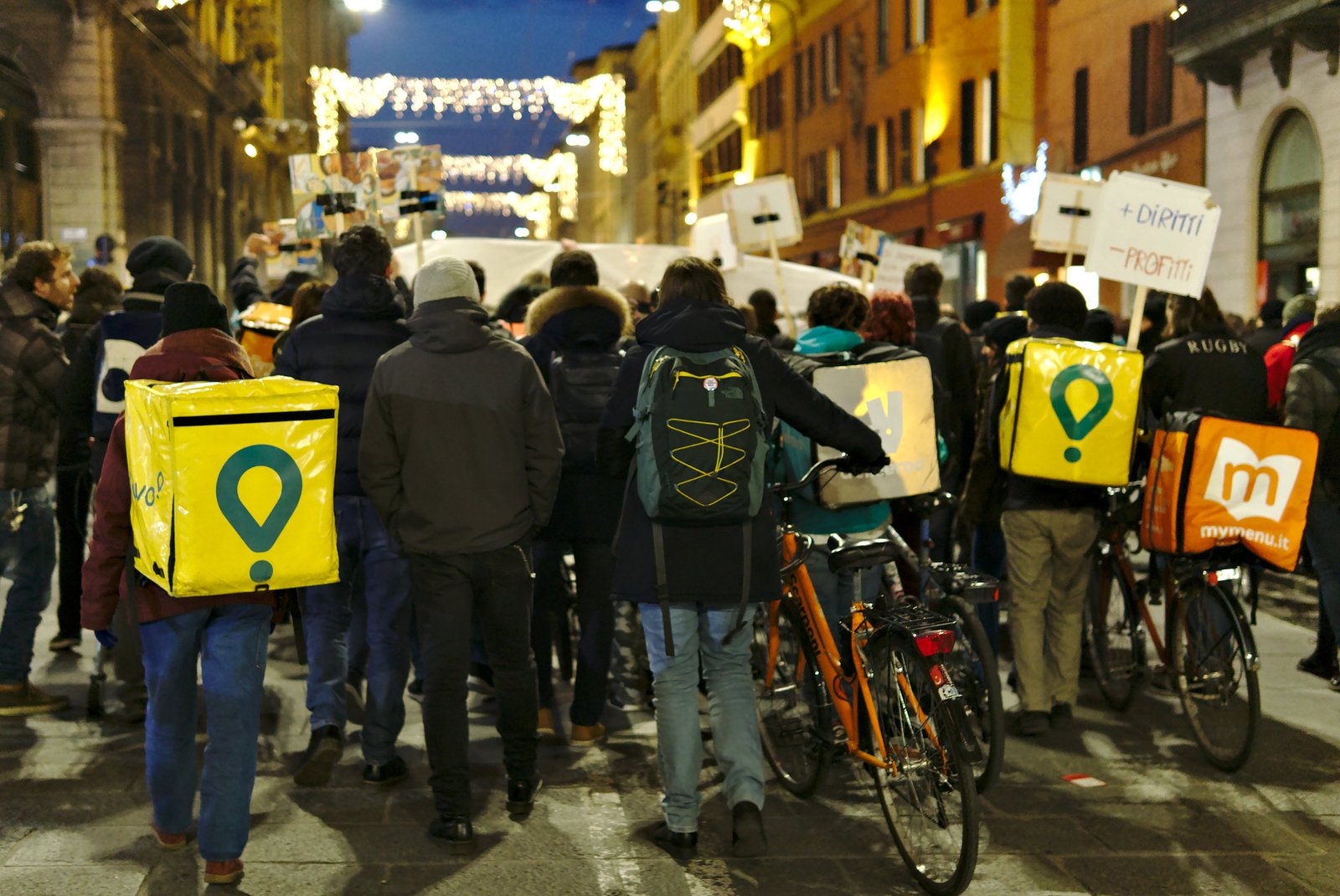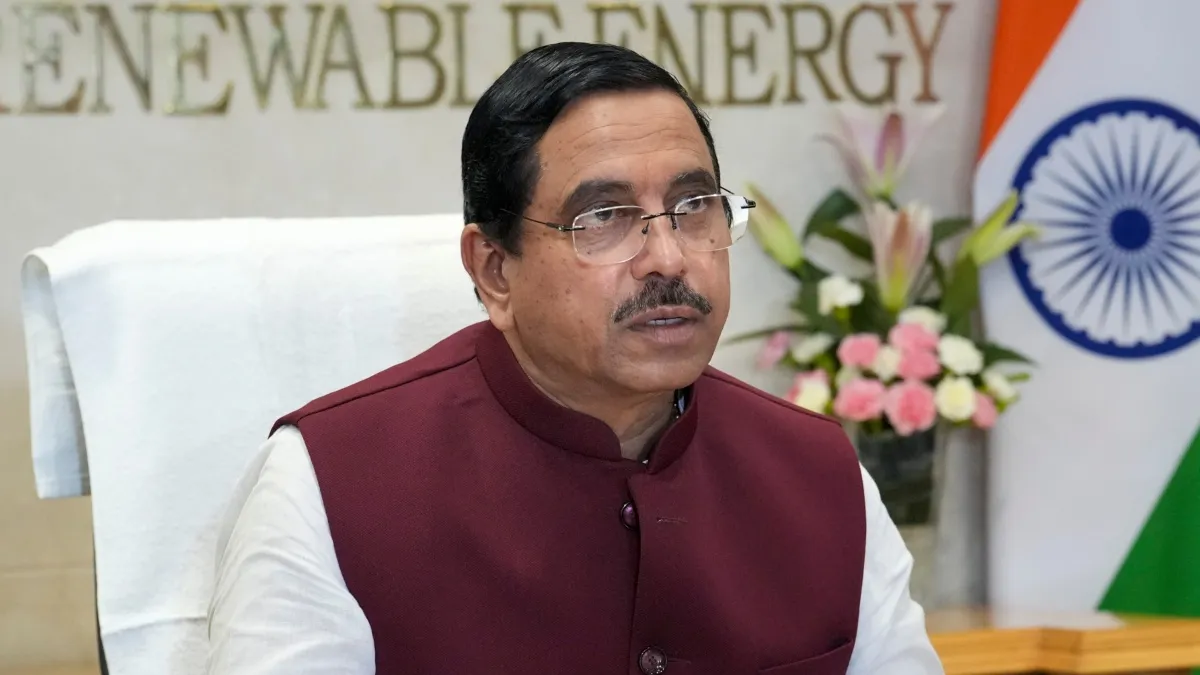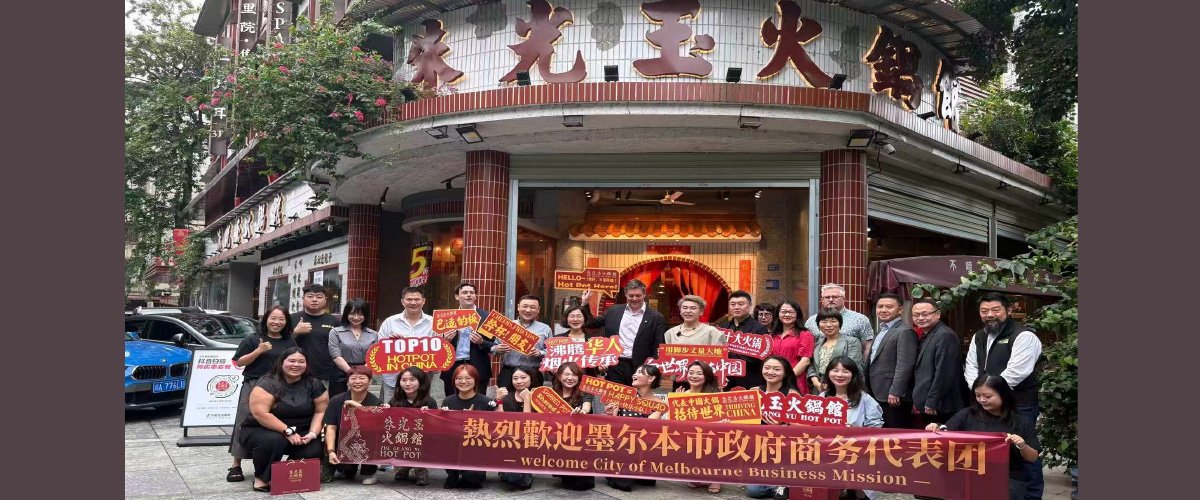Why “Peace” Could Be the Hardest—and Most Profitable— in Environment, Social and Governance.
This year in 2025 marks 80 years since the atomic bomb was dropped on Hiroshima. Even now, however, there are still over 12,000 nuclear weapons in existence on the planet. On August 6, 1945, an atomic bomb was dropped on Hiroshima for the first time in human history. Within that year, the bomb took the lives of some 140,000 people.
When the 2025 Hiroshima Declaration was released, its headline proposal caught the eye of boardrooms and investors alike: add Peace to ESG. The new acronym—ESGP—extends the well-worn environmental, social, and governance framework into the domain of geopolitics and conflict prevention. The Declaration urges companies to treat stability as a business imperative. But without hard metrics, real incentives, and investor pressure, ESGP risks becoming just another glossy acronym in the CSR graveyard.
On the surface, it makes sense. Wars and instability are no longer distant risks; they are market-shaping forces.
But the hard question is whether businesses can realistically integrate “peace” into strategy—or whether this becomes another box-ticking exercise in corporate jargon.
The risk of “peace-washing” becoming an ‘ESG’ greenwashing may pay lip service to peace—publishing glossy reports while continuing to operate in conflict zones without meaningful safeguards
Peace as a Business Imperative
Peace is not philanthropy; it is infrastructure. Without stable societies, supply chains collapse, labour forces scatter, and assets are wiped out.
We’ve already seen the financial cost of instability. Russia’s invasion of Ukraine triggered energy shocks and disrupted food supply chains. Escalating conflict in the Middle East continues to jolt commodity markets. Rising tensions in the Taiwan Strait are now priced into every major investment discussion about Asia.
For multinationals, peace isn’t an abstract value—it’s a hard financial risk. ESGP is essentially a recognition that long-term business performance is impossible without societal stability.
The Theoretical Upside
Done right, ESGP could strengthen corporate strategy in three key ways:
- Broader risk management: Embedding peace forces firms to account for conflict drivers, corruption, and fragile governance—factors often ignored until it’s too late.
- Investor alignment: Institutional funds increasingly screen for sustainability. A “peace-positive” stance could differentiate companies in capital markets.
- Reputation and talent: Employees and consumers, particularly younger demographics, are drawn to companies seen as responsible global actors.
For companies operating in emerging markets or fragile states, ESGP could become a competitive advantage—not just a moral stance.
The Execution Problem
But let’s not sugarcoat it. Peace is notoriously hard to measure. CO₂ has clear metrics. Diversity can be quantified. Peace? The options range from conflict incidence to corruption indexes to political stability scores. No single standard exists.
This ambiguity creates a risk of peace-washing—companies producing glossy reports on “supporting stability” while quietly cutting deals with authoritarian regimes or operating in conflict zones with little regard for local impacts.
There’s also the profitability paradox. Walking away from unstable but resource-rich regions, or investing in peace-building initiatives, may undermine short-term returns. Boards are still held hostage by quarterly earnings cycles. Without structural incentives, most firms will default to the path of least resistance.
Finally, there’s politics. ESG already attracts criticism for politicising corporate behaviour. ESGP will intensify that debate by dragging companies into explicitly geopolitical territory. For some governments and investors, that’s a red line.
Making ESGP Investable
For ESGP to have credibility, it needs to evolve beyond slogans into a framework investors can actually work with. That requires:
- Hard metrics: adoption of recognised conflict, governance, and corruption indicators.
- Independent verification: external audits to prevent self-serving claims.
- Market incentives: regulatory frameworks, procurement standards, or investor screens that reward companies for demonstrable peace-positive impact.
- Long-term thinking: acceptance that peace investments may cut into margins today but reduce systemic risks tomorrow.
The Bottom Line: Corporations will not drive peace out of goodwill
The Hiroshima Declaration is a timely reminder that peace underpins every business model. But let’s be realistic: corporations will not drive peace out of goodwill. They will do it when regulation, capital markets, or reputation make it impossible not to.
For now, ESGP remains more vision than practice. If it develops credible metrics and investor traction, it could become a strategic lens for navigating geopolitical risk. If not, it risks being another acronym in the CSR graveyard—talked up at summits, quietly ignored in boardrooms.
Hiroshima has issued the challenge. The question is whether businesses are willing—and able—to treat peace as seriously as they now treat carbon.
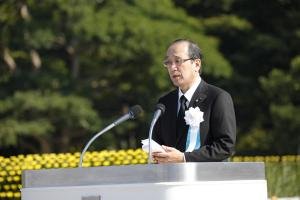
On August 6, 2025, MATSUI Kazumi, Mayor of the City of Hiroshima, delivered the Peace Declaration at the Peace Memorial Ceremony, marking the 80th year of the atomic bombing. Watch his presenation Video HERE+





